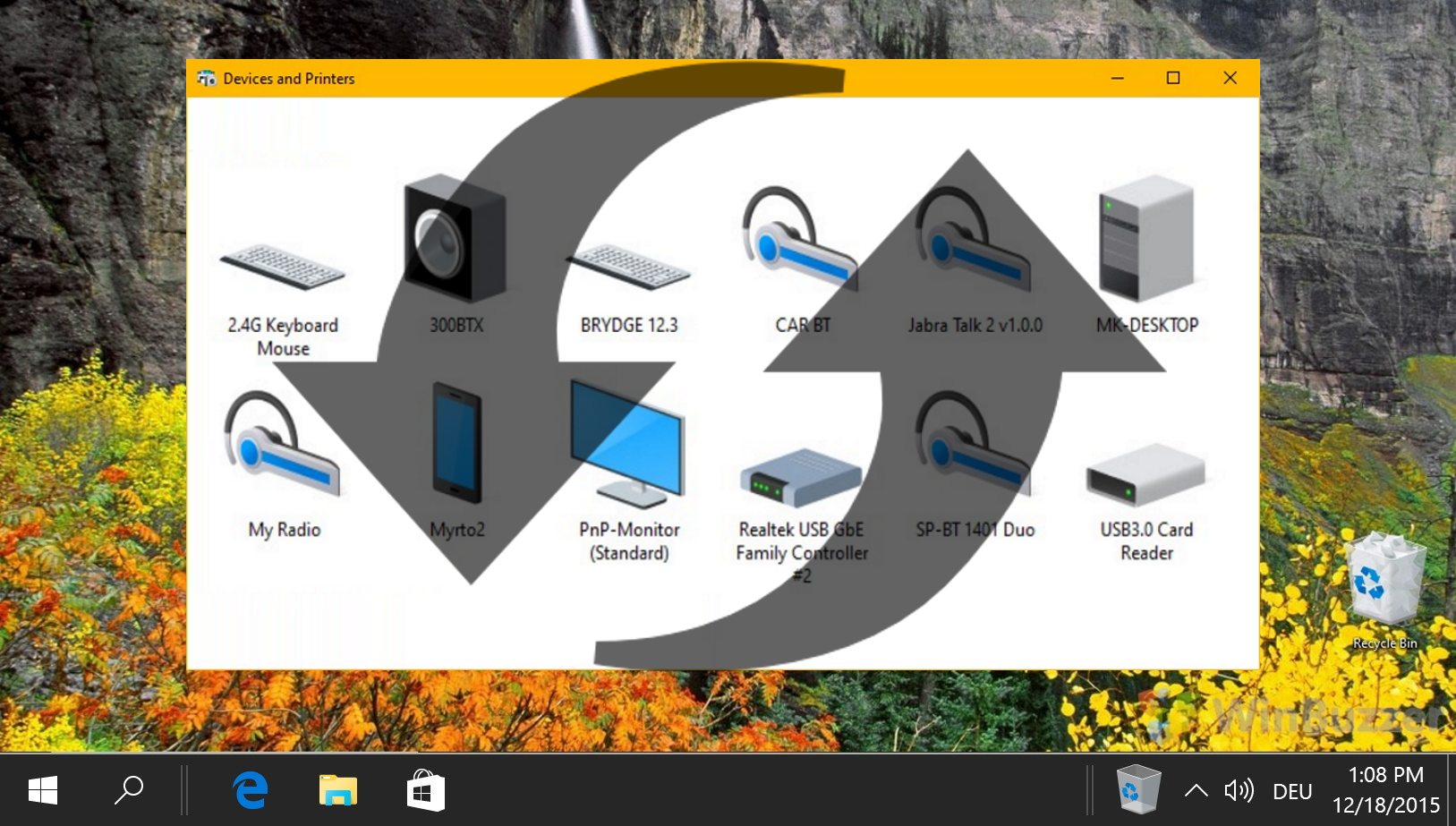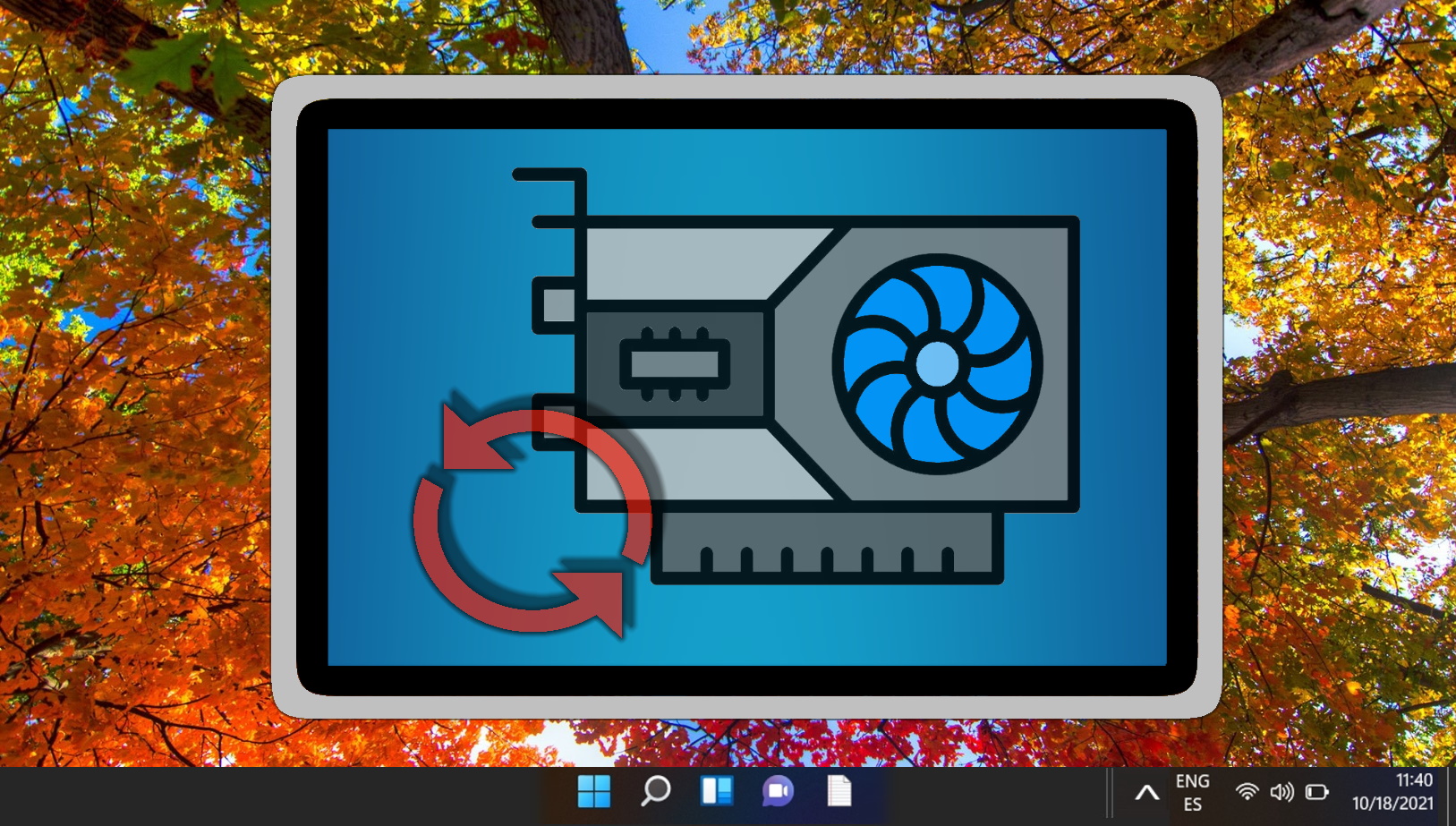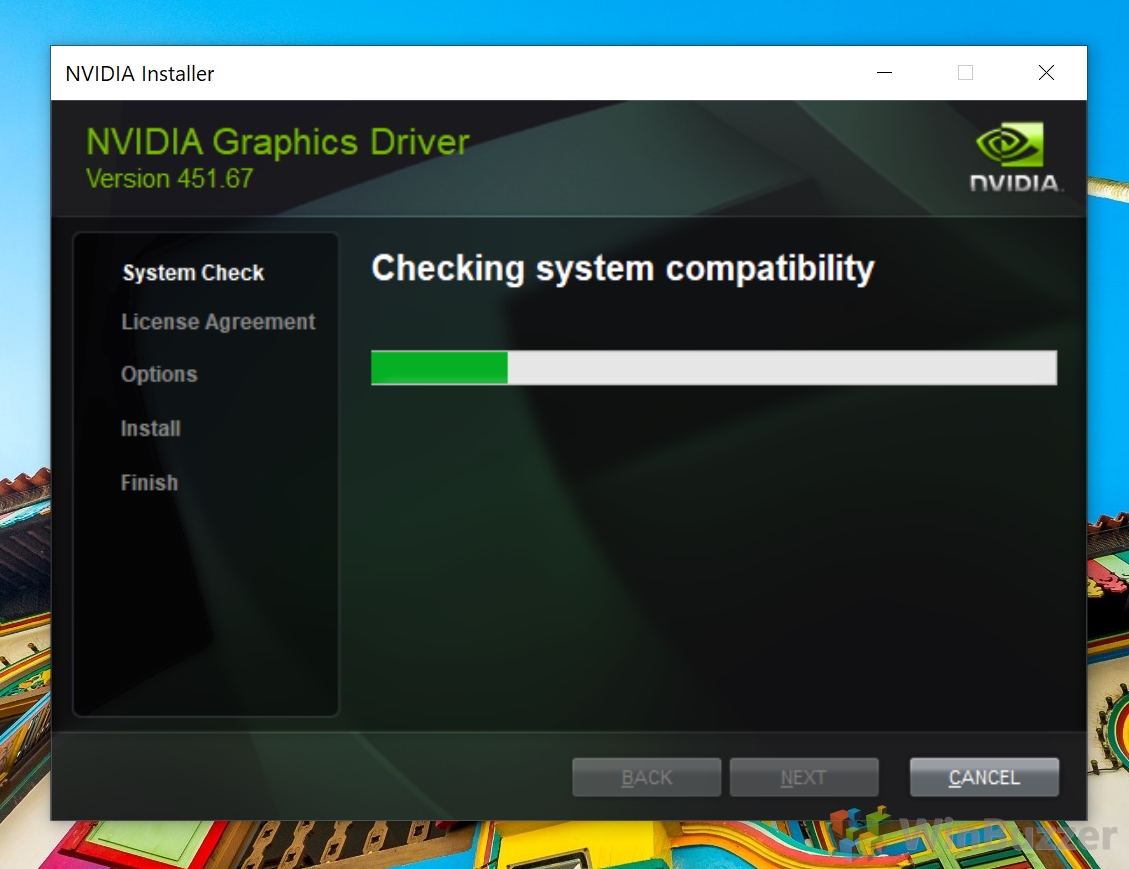Device drivers are a vital part of your operating system. They deliver instructions to your computer's hardware – whether it's the graphics card, your printer, or your Wi-Fi chipset. Knowing how to check a driver version in Windows 11/Windows 10, therefore, will save you a lot of issues down the line. Keeping your device drivers up to date can improve the performance and stability of your system, as well as fix any compatibility or security issues.
Are my drivers up to date?
Being able to check the driver version allows you to trawl for any bugs associated with it. Specific versions may have known issues that are in the process of being fixed. Identifying this saves you much troubleshooting time and allows you to roll back or update if required.
We'll show you how to check the driver version in Windows 11/Windows 10 using two methods – the Device Manager tool and PowerShell. Which you use is entirely up to you.
How to Update Drivers Automatically with Windows Update
Using Windows Update is a convenient and reliable way to update your device drivers without having to search for them online or download them from third-party sources. You just have to click on “Check for updates” in “Settings – Update & Security – Windows Update” to see if there are any available updates for your system and devices. If there are driver updates, Windows will download and install them automatically. However, sometimes Windows Update may not have your device's latest or most compatible driver. In that case, you can also check the manufacturer's website or use a trusted driver updater tool to find and install the best driver for your device.
How to Check Driver Version in Windows 11 or Windows 10 with Device Manager
If you're wondering how to check if your drivers are up to date in the fastest way, the answer is Device Manager. Microsoft's driver tool allows you to quickly check the driver version for various devices in a few clicks. You can then reference the version with the latest version on your driver manufacturer's website. Here's how:
- Open Device Manager
Press Start and then type “Device Manager”. Click the top result.
- Right-click your device and select “Properties”
- Check the “Driver Version” field
How to Check Drivers in Windows 10 with PowerShell
If you're wondering how to check drivers on Windows 10 without a GUI, the answer is PowerShell. With a single command, you can return the version of every device driver in a nice, readable list. Here's how:
- Open PowerShell as an admin
Press Ctrl + X and select “Windows PowerShell (Admin)” from the list.
- Run the driver check command
Copy the following command, then paste it into your PowerShell by pressing right-click:
Get-WmiObject Win32_PnPSignedDriver| select DeviceName, Manufacturer, DriverVersion
To run the command and get your list, just press Enter.
How to Enable or Disable Automatic Driver Installation in Windows 11 or Windows 10
Windows's automatic driver installation is incredibly useful – until it isn't. If the OS automatically detects the incorrect driver, it can be a real pain to get it to accept a different one, which can be incredibly frustrating. Generally, turning off this feature isn't recommended, but disabling automatic driver installation in Windows for a short period is just fine if you have a particularly stubborn device.

How to Backup Drivers in Windows 11 or Windows 10 and Restore Them Again
Windows's driver support isn't as long-lasting as many of us would like. Quite often, you'll perform an update or reinstall only to find that a hardware device that was previously supported no longer works. When the driver is out of support, the OS won't download it automatically. As such, it's becoming increasingly important to perform a Windows 11/Windows 10 driver backup to avoid downloads from sketchy third-party sites.

Related: How to Restart, Reset or Update the Graphics Driver in Windows 11 or Windows 10
The graphics driver is a software component that communicates with the graphics hardware and Windows to render images on the screen. With some exceptions due to compatibility issues or bugs, you should always strive to update the graphics driver in Windows 11 or Windows 10 whenever there is a new version.

Related: How to Update and Download Nvidia Drivers without GeForce Experience
In our other guide we show you how to download Nvidia Drivers without Geforce experience, as well as how to install them and check your GPU. If you want to know how to update Nvidia drivers without Geforce Experience, the manual installation of a new driver will exactly do that and replace your existing outdated Nvidia GPU driver.

Related: How to Enable or Disable Driver Signature Enforcement on Windows11 or Windows 10
Driver Signature Enforcement in Windows 11 or Windows 10 protects you from parties who may try to infect you with malware through a fake driver. It checks the integrity of the code and that it is signed by Microsoft before proceeding with any installation. Generally, it's good practice to check the integrity of every driver. If it's coming from a trusted manufacturer, it should have gone through the process to get it certified by Microsoft. However, there are some cases where you might want to disable driver signature enforcement in Windows 10/Windows 11. For example, you may be trying to install beta or unsupported drivers from your manufacturer.

FAQ – Frequently Asked Questions About Windows Drivers and Driver Updates
What is the safest way to update drivers?
The safest way to update drivers is through Windows Update or by downloading them directly from the device manufacturer's official website to ensure you're getting the correct, malware-free version.
Can updating graphics drivers cause problems?
While rare, updating graphics drivers can sometimes introduce compatibility issues or bugs. It's advisable to create a system restore point before updating so you can revert if necessary.
How do I scan for faulty drivers?
To scan for faulty drivers, use the Windows Device Manager. Look for devices with a yellow exclamation mark, indicating a problem. Right-click the device and select “Properties” to view error details.
How do I run a driver check?
You can run a driver check using the Device Manager by right-clicking on each device and selecting “Update driver” to search for updates, or use PowerShell commands as outlined in the tutorial to list all driver versions.
Is there a way to update all drivers at once?
Windows Update can update multiple drivers simultaneously. For a more comprehensive update, third-party driver updater tools can scan for and update all out-of-date drivers in one go.
What happens if you don't update network drivers?
Not updating network drivers can lead to connectivity issues, reduced internet speeds, and increased vulnerability to security exploits, especially if the driver has known vulnerabilities.
How do I refresh drivers in Windows 11 or Windows 10?
To refresh a driver in Windows 11 or Windows 10, open Device Manager, right-click the device, and select “Uninstall device“. Restart your PC, and Windows will attempt to reinstall the driver.
Does Windows 10 automatically update itself?
Yes, Windows 10 is set to automatically download and install updates by default, which includes security patches, system updates, and sometimes drivers.
What happens if I update drivers?
Updating drivers can improve device performance, fix known issues, and add new features. However, it's essential to ensure updates are compatible with your system to avoid potential problems.
How do I manually install drivers?
To manually install a driver, download the installation file from the manufacturer's website, run the installer, and follow the on-screen instructions. For driver files without an installer, use Device Manager to update the driver manually by pointing it to the file location.
Is it safe to install drivers?
It's safe to install drivers from reputable sources such as the device manufacturer's official website or through Windows Update. Be cautious with drivers from third-party sites.
Do PC drivers update automatically?
Many PC drivers update automatically through Windows Update, but not all. Some may require manual updates, especially for devices not supported by Windows Update or for very new or very old hardware.
How do I know if my driver is corrupted?
If a driver is corrupted, you might experience system instability, device malfunctions, or error messages related to the device. Check the Device Manager for any devices marked with a yellow exclamation point.
Should you manually install drivers?
Manually installing drivers is recommended when automatic updates fail to resolve issues or when you need a specific version for compatibility or performance reasons.
What are the symptoms of outdated drivers?
Symptoms of outdated drivers can include device malfunctions, reduced performance, system crashes, or new features and improvements not being available on your device.
Last Updated on April 21, 2024 11:18 am CEST by Markus Kasanmascheff




